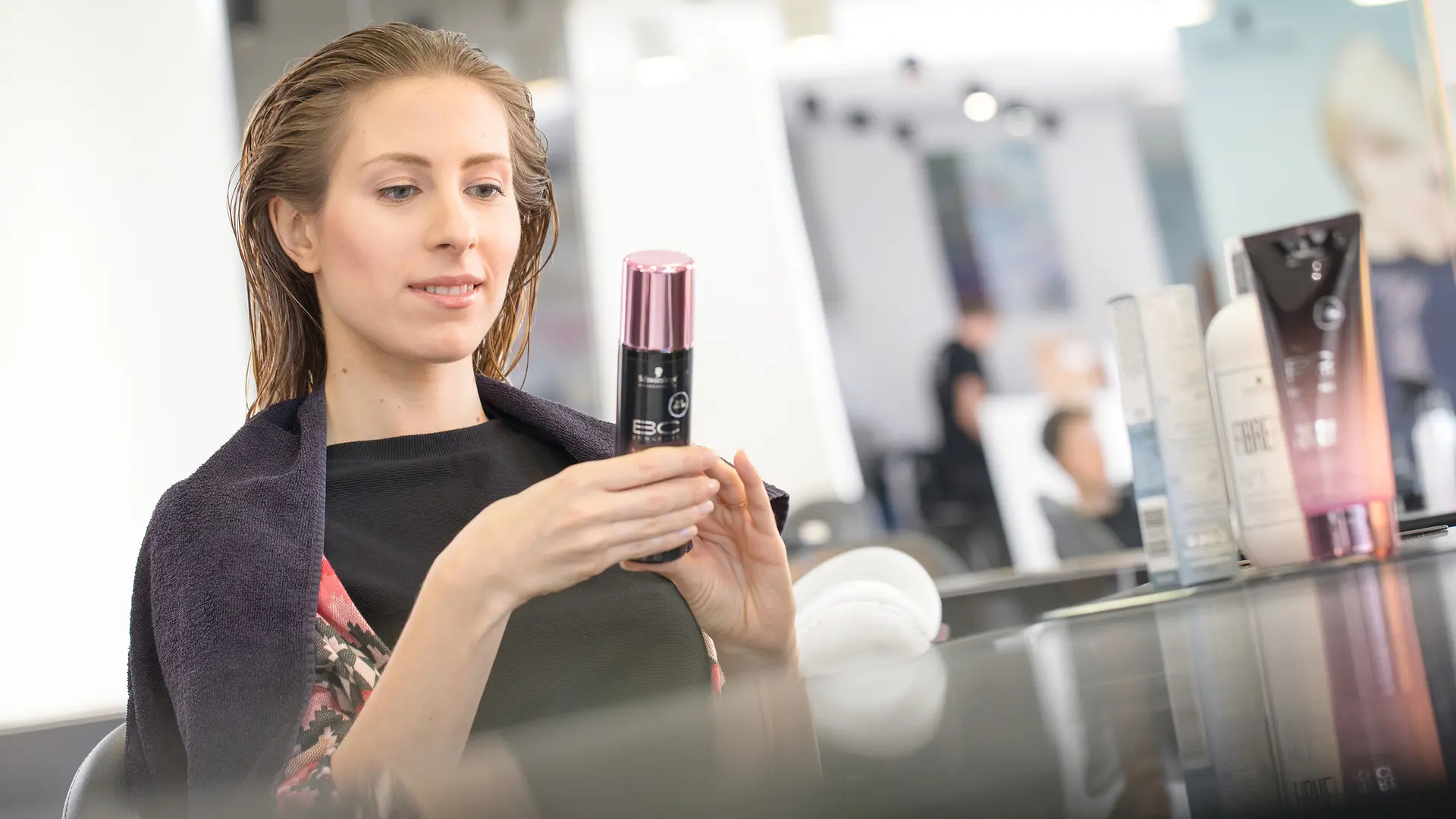Learn more about Henkel Brands & Businesses in UK & Irelands: Includes useful information about the brands, technologies and latest innovations in our business areas: Henkel Adhesive Technologies and Henkel Consumer Brands.
Out with the brand autocracy, in with participation branding!

The power of the purse
“Take it or leave it,” would be an adequate way to describe major brands’ traditional attitudes towards consumers. Notwithstanding this sense of almightiness, however, consumers have always, and still do, have the power to make the mightiest decision of all: to buy the product or not. This “power of the purse” is and remains a consumer’s most important prerogative. People’s room for action in this domain has even increased significantly in the last decade or two. The times are long gone when traditional brands could offer products to their customers according to the laws of supply and demand. Nowadays, the supply on offer is in itself subject to critical questioning, making the “one-way street” between brands and consumers a thing of the past.
Of course, companies have always carried out market research to identify the unique selling points of their products and brands – and then used these to win over customers. However, consumers were also previously in a position where brands would tell them what they should be buying. This somewhat arrogant attitude on the part of brands is likely to be increasingly ineffective moving forward.
Annette Albrecht-Wetzel, Co-founder of youtiful.net
Consumers are well-informed, critical and keen to debate
The zeitgeist shapes the way consumers today see themselves more strongly than ever before. Universal information that is constantly available results in consumers being able to research and fact-check statements anytime they please. There are even apps for this, like Codecheck, which lets users scan product bar codes to identify and better understand the ingredients in cosmetics and food. It makes little difference whether or not the information on this platform is factually accurate. Consumers perceive the app to be informative and see it as a good way of finding out more about product ingredients.
Consumers inform themselves about the ingredients in their favorite products and are becoming increasingly critical of brands.
With the ubiquitousness of social media comes a greater need for customer profiling. Sharing one’s opinion, making public comments and reacting to other people’s views are increasingly seen as a way of making one’s voice heard.
These developments, taken together, mean that consumers are now more and more motivated to take things into their own hands in many areas of their lives – and not just by passively clicking Like buttons, but also by actively contributing in forums, posting comments and sharing contents on social media. Consumers have also been quick to understand how powerful these tools really are: public shaming and cyber-bullying are no longer a rarity on any platform.
This digital coming of age for consumers has also led to a boost in self-confidence. Consumers are now well-informed, critical, keen to debate, opinionated and goal-oriented. The biggest mistake brands can make nowadays is to cling to their self-perception as all-knowing entities.
Actively engage consumers in the innovation process
The future belongs to the brands that will use this context to their advantage and consistently work to integrate consumers into their world as the next logical step. Instead of leaving consumers on the sidelines and communicating with them in a one-sided manner, brands should be integrating them as partners in the entire product cycle. From insight generation, through product innovation, ingredients and claims, all the way to marketing – when brands turn the tables and let consumers take part in the decision-making and design process, they create a new sense of community and gain fresh market power. Direct-to-consumer brands can be a lot faster and more systematic in their approach here than established retail brands.
Consumers want to be actively involved in the innovation process and participate in the development of products.
There already are a number of brands that actively involve consumers in their product development, including the beauty start-up Glossier. However, this is just a first step that remains well short of the current scope of possibilities. A relevant long-term relationship between a brand and consumers can cover a lot more, such as giving consumers a say in decisions, testing and adjusting new products together with them, and ultimately integrating them in the marketing effort.

“The future belongs to consumer-participation brands.”
Annette Albrecht-Wetzel, Co-founder of youtiful.net
Every consumer nowadays is both a brand ambassador and an influencer. Personal recommendations are becoming ever more important in the current era of information overflow. When brands actively collaborate with consumers in this field and see each other as partners in a common project, this can give rise to a potent new kind of participation branding. Consumers promote “their” brand and see themselves as an integral part of it. They have contributed to the development process (by testing prototypes and suggesting improvements), had a hand in making decisions (for example by providing input on a product’s name or assessing its ingredients) and thereby made “their products” a reality. Naturally, they will then display unparalleled loyalty towards them. When consumers are also involved in these products’ marketing phase, the growth potential is new and staggering: They can recommend products to their network, promote them on social media or even sell them directly to their friends.
The conditions under which this type of approach can succeed are absolute transparency, honesty and democracy. If these are not met, any efforts brands make will just seem superficial and jeopardize their credibility. The risks are not negligible, but the opportunities are momentous. The future belongs to consumer-participation brands.











